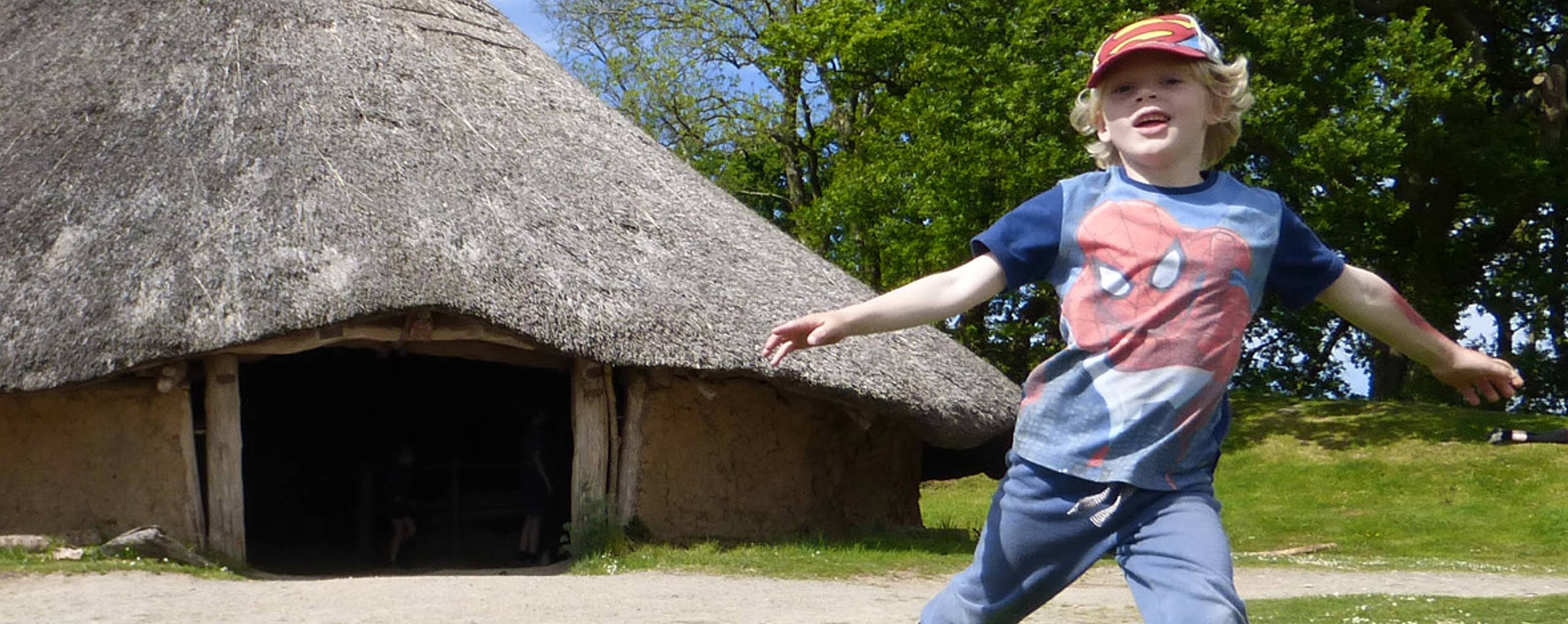An introduction to the village of Felindre Farchog.
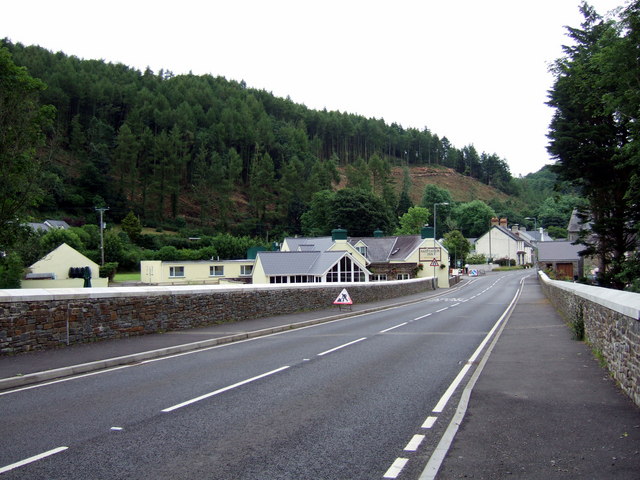
This file is licensed under the Creative Commons Attribution-Share Alike 2.0 Generic licence.
Attribution: ceridwen
At first glance, you may think that it is a pretty sleepy village. This may be correct of present times, but Felindre has a very vibrant history.
The village’s name literally means ‘Place of the Knight’s Mill’ and with a legend of King Arthurs Wizard – Merlin being buried in a cave not far from here, it conjures up all sorts of visions of how Felindre may have been during the past.
Take a wander around and you will notice some quite odd architecture. On a sharp bend north-east of the Salutation Inn (a 16th century coaching inn) you will see a gothic looking building, this is known as Llys Dy and was once the courthouse of the Lord of Cemais. Have a closer look, and you will notice some dates carved into bricks in the building’s walls. One of 1626 when the building was probably first constructed, another of 1852 when the gothic architecture was added and the building used as a college and another of 2000 when the building was updated and modernised for living in.
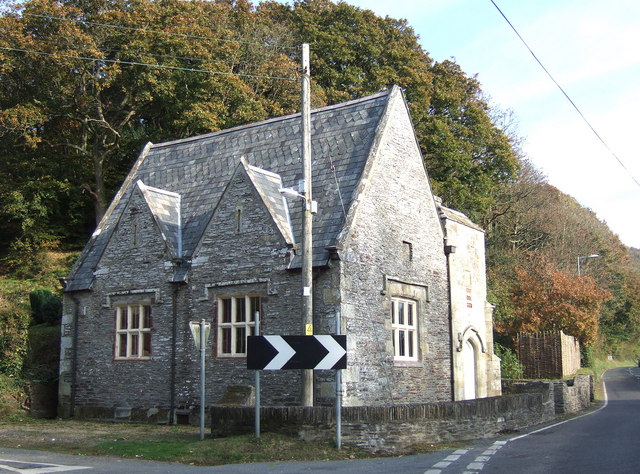
This file is licensed under the Creative Commons Attribution-Share Alike 2.0 Generic licence.
Attribution: ceridwen
Across the lane from the old courthouse is a round walled structure, this was used for keeping animals in, possibly at one time for holding animals to be sheared or slaughtered for the old woollen mill and tannery that used to grace the village.
You will also notice, in the village, a Chapel – this is the latter of two Chapels that are here. The old much smaller one (Yr Hen Gapel) built in around 1810 still remains and was used as a schoolroom once the later Chapel (Cana Independent Chapel) had been built in around 1857.
Just outside the village on route to Cardigan, the main road crosses the river Nant Duad via a now well hidden medieval bridge which is known as Pont Baldwyn (The Archbishops Bridge in English).

This file is licensed under the Creative Commons Attribution-Share Alike 2.0 Generic license.
Attribution: ceridwen
It is named after Archbishop Baldwyn of Canterbury who, in 1188, accompanied Giraldus Cambrensis on a recruiting tour of Wales. The Afon Duad flows into the Nevern River shortly after travelling under the bridge here. (Coflein website with map: https://coflein.gov.uk/en/site/24266)
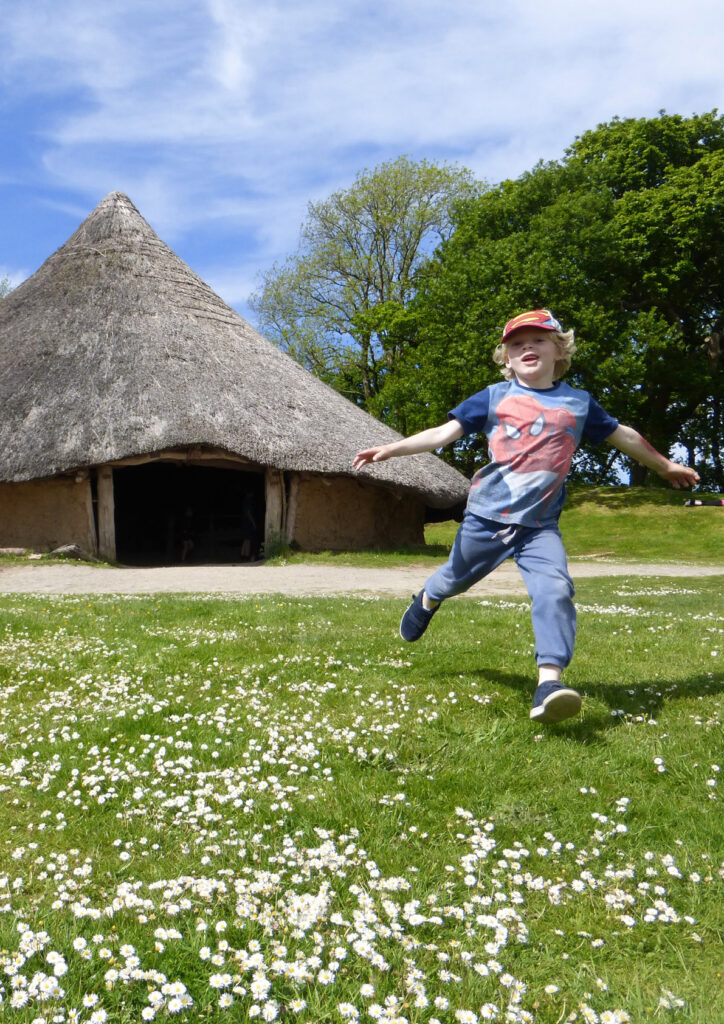
Nearby is the re-constructed Iron Age Farmstead of Castell Henllys, one of two Iron Age features in the landscape near Felindre Farchog. The other being Castell Mawr, which is located in agricultural land not far from Castell Henllys. Castell Henllys is open to the public and is a great day out for adults and children alike.
Also in a field (no access) is an ancient enclosure: https://coflein.gov.uk/en/site/413007/images
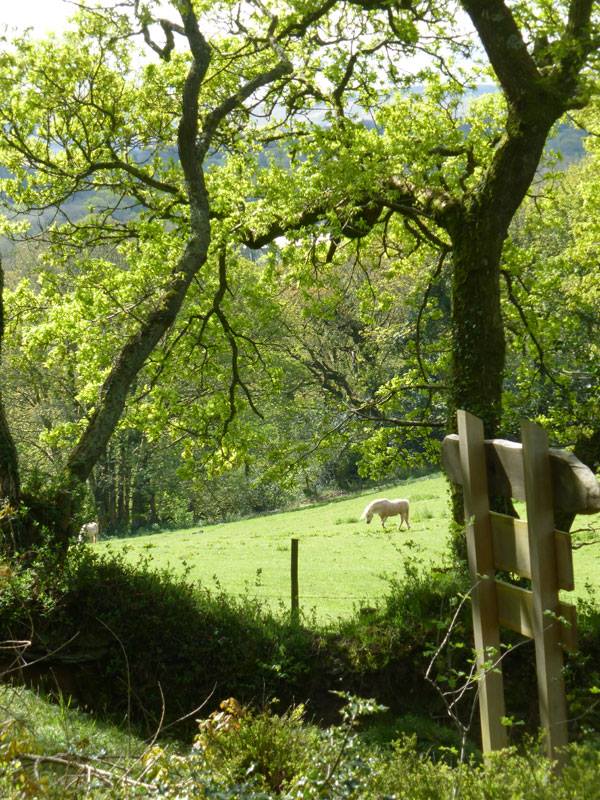
Also near to Felindre is Pengelli Forest National Nature Reserve. Well worth a visit if you love countryside walks. Walking through this ancient forest is like entering another world. The reserve is owned and managed by the South and West Wales Wildlife Trust.

